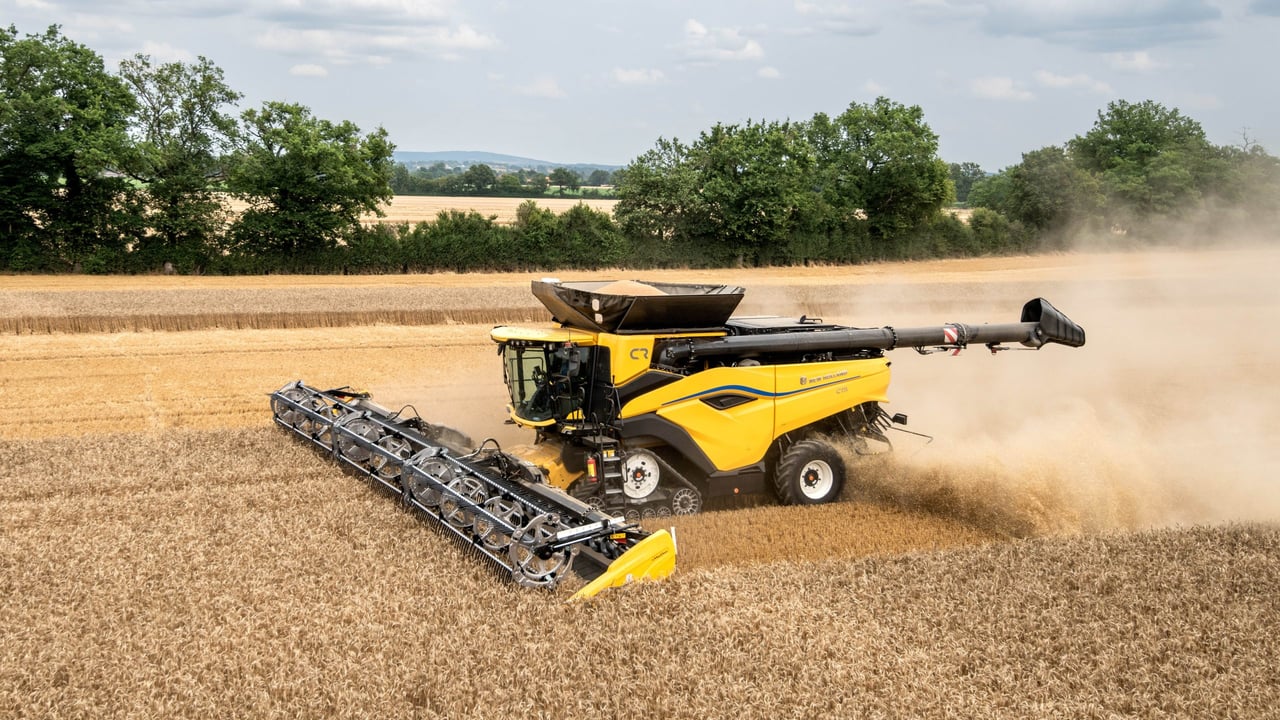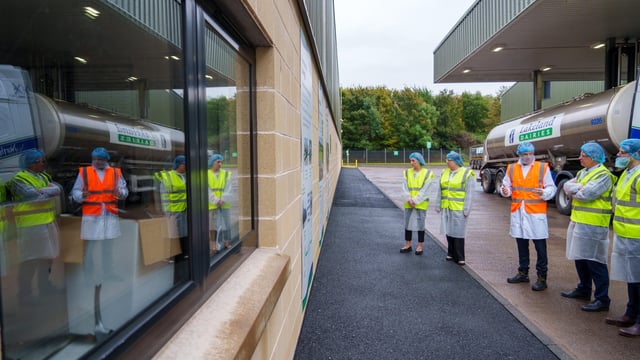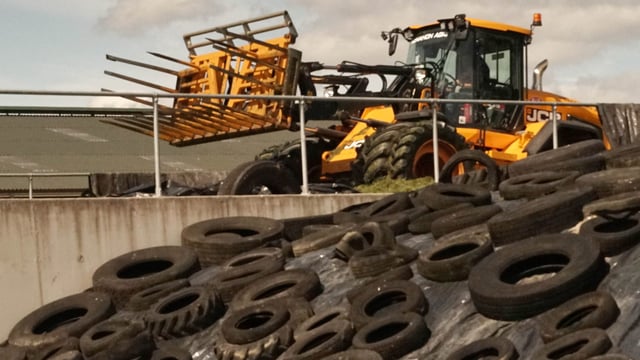'We need both native and imported grain supplies' - IGFA
According to the director general of the Irish Grain and Feed Association (IGFA), Maeve Whyte, Irish-grown grain is vital for the country’s feed sector.
She said: “Feed producers actively seek to incorporate it into compound feed. We value it not just because it is a great product, but because we want to support our farmers and our rural economises."
According to Whyte, animal feed producers are "the biggest customer for Irish grain".
"This includes 85 to 90% of the wheat grown in the country. In addition, compounders use Irish-grown barley, wheat, oats, rye, beans and peas wherever possible."
However, she also highlighted the role of imported grains for feed producers.
"We all know that Ireland cannot grow all of the feed ingredients required to meet the nutritional demands of our livestock sector," she said
“Without imports we simply couldn’t satisfy the needs of our livestock customers. These imports complement domestic production and alongside native products, help us ensure that we can provide a stable, cost-effective, and nutritionally balanced supply of feed.
Balanced livestock rations
Meanwhile, formulating balanced livestock rations is vital to ensure the nutritional requirements of the animal are met and to ensure the health, welfare and productivity of that animal.
Whyte said: “Cost considerations and the requirements of our livestock customers must also be taken into account.
“Balanced formulations naturally limit the proportion of any single ingredient and ration formulations must reflect the specific needs of different livestock systems.
"From a practical point of view we also have to be mindful that no different to any raw material, Irish cereals have physical limits.
“For example, rye is not suitable for rolling or for use in coarse rations while oats, when used at high inclusion rates, may cause issues for cube quality."
Significantly, the IGFA representative is confirming that all the cereals grown in Ireland are of the highest quality.
She said: “All the cereals we grow in this country are of the highest quality. What’s more, they can be included in all compound feed rations in a very effective manner.
“But we need both native and imported grain supplies.”
Imports and exports
IGFA’s director general also addressed the issues of Irish oats being exported at the present time, specifically against the backdrop of Ireland being a cereal-deficient country.
She explained: “My understanding is that a number of factors meant we have more oats in 2025.
“The 2024 oat harvest was very good, with some carryover of stocks carrying through to the current year."
There was a significant increase in the planting of oats during autumn 2024 and spring 2025, according to Whyte.
“This was driven by the cereal’s suitability in rotations. In addition the late conclusion of the 2024 harvest narrowed the autumn planting window, making winter oats an attractive option.
“Feed manufacturers use oats in their compound feeds. But ration formulation must balance nutritional requirements, cost, and the specific needs of different livestock systems, which naturally limits the proportion of any single ingredient.
“Irish oats have a great reputation and we think that exporting what cannot be used here is an important avenue for adding value to Irish grain production," she added.





